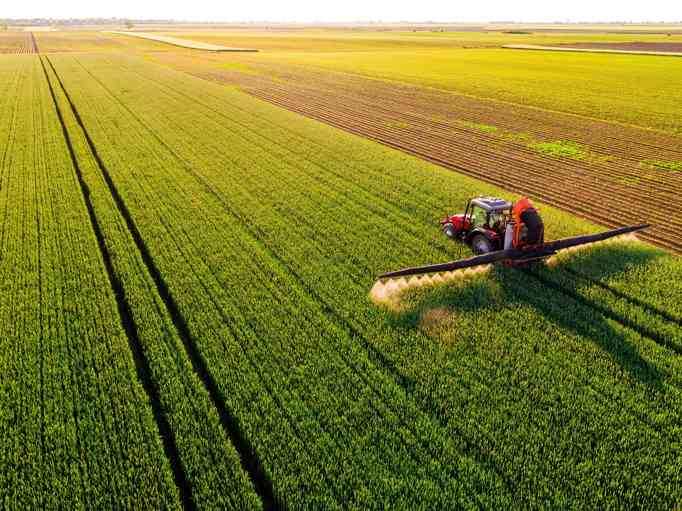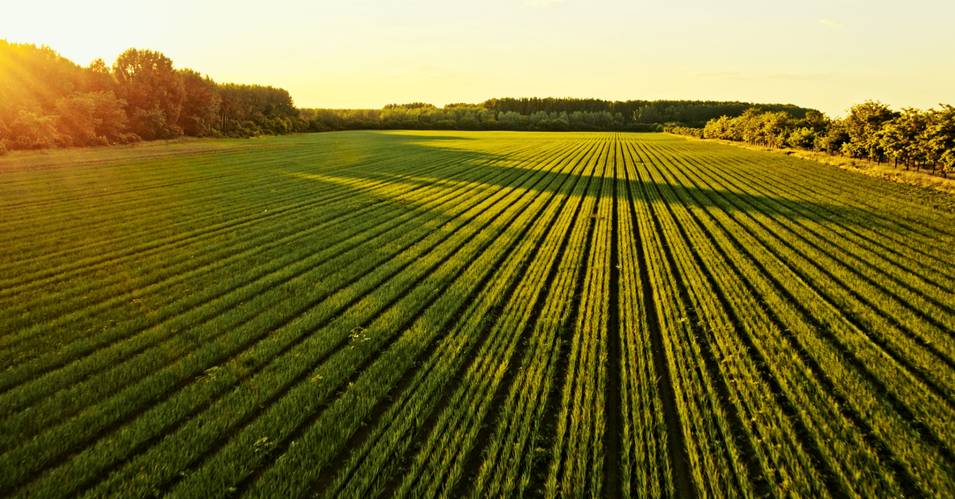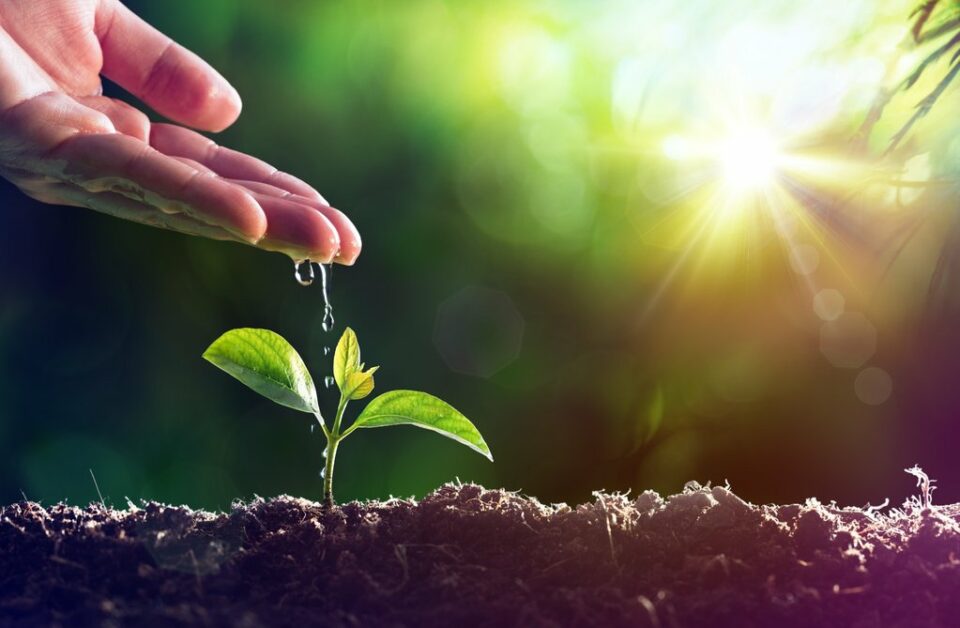What is a Biostimulant?
Introduction

Faced with today’s agricultural challenges: higher yields, climate adaptation, and the need to reduce inputs, biostimulants are emerging as key strategic tools.
Their effectiveness lies in stimulating essential physiological processes such as root development, hormonal regulation, improved mineral nutrition, and enhanced tolerance to abiotic stress (Du Jardin, 1991).
Unlike fertilizers, which supply nutrients directly, or plant protection products, which act against pests, biostimulants work indirectly. Their purpose is to optimize the plant’s own physiology, thereby improving overall performance (Calvo et al., 2014).
Origin and definition of biostimulants
The beginnings of the concept (1990-2010)
The term biostimulant first appeared in the 1990s. As early as 1991, they were described as substances capable of enhancing plant biological functions at low doses, notably by promoting water and nutrient uptake (Du Jardin, 1991).
In 2006, during the Biostimolanti in agricoltura conference in Italy, they were defined as “non-fertilizing substances, applied in small quantities, and capable of improving plant growth” (Biostimolanti, 2006).
A major step came in 2012, when Patrick Du Jardin proposed a definition that has since become a reference: biostimulants are substances or micro-organisms that, without directly supplying nutrients, improve plant nutrition, quality, and tolerance to abiotic stress (Du Jardin, 2012).
Regulatory recognition (since 2019)
In 2019, the European Union officially recognized biostimulants in Regulation (EU) 2019/1009, which classifies them under the PFC6 category of fertilizing products. According to this definition, a biostimulant stimulates plant nutritional processes independently of its nutrient content, with the aim of improving:
- nutrient use efficiency,
- tolerance to abiotic stress,
- crop quality traits,
- nutrient availability in the rhizosphere (EU Regulation 2019/1009).
This regulatory framework has both legitimized their use and enabled CE marking for compliant products.
A complementary tool, not a substitute
To fully grasp the specificity of biostimulants, it is essential to place them alongside the other two pillars of modern agronomy:
- Fertilizers directly provide nutrients such as nitrogen, phosphorus, and potassium.
- Plant protection products safeguard crops against bio-aggressors such as diseases, pests, and weeds.
- Biostimulants, by contrast, follow a different logic: they neither supply nutrients nor eliminate bio-aggressors, but instead optimize the plant’s internal functioning. This allows crops to make more efficient use of available resources and to cope more effectively with environmental constraints.
By acting in this way, biostimulants emerge as valuable allies in reducing dependence on chemical inputs—without compromising productivity.
Why use biostimulants in agriculture?
Enhancing tolerance to abiotic stress

Abiotic stresses such as drought, heat, salinity, and frost are now responsible for more than 50% of yield losses worldwide (FAO, 2022).
Biostimulants help plants cope by activating natural defense mechanisms: the production of heat shock proteins (HSPs), stimulation of antioxidant enzymes such as superoxide dismutase and catalase, or the accumulation of osmolytes like proline and glycine-betaine (Hayat et al., 2010).
Among the best-studied examples are seaweed extracts, which are rich in bioactive compounds. They support stomatal regulation and strengthen antioxidant pathways, thereby increasing tolerance to drought and salinity (Frontiers in Plant Science, 2021; Journal of Applied Phycology, 2019).
Optimizing nutrient uptake
Biostimulants also improve the efficiency of plant nutrition by acting on both root architecture and microbial activity in the rhizosphere. Humic and fulvic acids, for instance, facilitate the transport of trace elements and enhance phosphorus availability (Soil Science Society of America Journal, 2020).
Certain microbial biostimulants stimulate the secretion of root exudates that mobilize otherwise poorly soluble nutrients (Calvo et al., 2014). This results in more efficient mineral uptake, especially in soils with low organic matter content.
Reducing the use of chemical inputs
By boosting plants’ adaptive capacity, biostimulants make it possible to reduce fertilizer and plant protection inputs while maintaining agronomic performance (Du Jardin, 2015). Their role is not to replace conventional inputs but to optimize their use within more sustainable production systems.
When and how to use biostimulants?

The effectiveness of a biostimulant depends not only on its composition, but also on when and how it is applied within the crop cycle. When used strategically, these products become genuine levers for securing yield potential at key stages:
- At establishment: applied at sowing or transplanting, some biostimulants stimulate root development and enhance soil biological activity. This ensures rapid, uniform plant establishment and reduces losses linked to early stresses.
- During active growth: plant extracts or protein hydrolysates can reinforce leaf vigor and improve nutrient use efficiency, supporting development and maximizing the benefits of fertilizers.
- At sensitive stages (flowering, fruit set, fruit swelling): preventive applications strengthen the plant’s ability to tolerate drought, heat, or salinity by activating internal regulatory mechanisms.
- Before or after stress episodes: applied via foliar spraying or fertigation, certain biostimulants foster resilience, boost photosynthesis, and stimulate recovery, thereby limiting yield and quality losses.
Their effects depend not only on the type of product (plant extracts, seaweed, humic substances, microorganisms, etc.), but also on the application method (seed coating, fertigation, foliar spraying). The real challenge is not to follow a universal calendar, but to adapt the strategy to each context: crop type, physiological stage, and local climatic conditions.
Conclusion
Biostimulants have become the third pillar of modern agronomy, alongside fertilizers and crop protection products. Their value lies in their capacity to:
- strengthen crop resilience to climatic stresses,
- improve the efficiency of nutrient and water use,
- and actively support the sustainability of farming systems.
By activating the plant’s own physiological mechanisms, biostimulants pave the way for an agriculture that reconciles performance, adaptation, and resource conservation. Far from being a simple innovation, they are emerging as a strategic lever to prepare agriculture for the challenges of tomorrow.
In the next article, we will take a deeper scientific dive into the different families of biostimulants—organic and microbial—and examine their specific modes of action.
References
- Calvo, P., Nelson, L., Kloepper, J. (2014). Agricultural uses of plant biostimulants. Plant and Soil.
- Du Jardin, P. (1991). Biostimulants and their role in sustainable agriculture. Journal of Agricultural and Food Chemistry.
- Du Jardin, P. (2012). Biostimulants: Definition and Applications. Biostimulants in Modern Agriculture, Conference Proceedings.
- Du Jardin, P. (2015). Plant biostimulants: Definition, concept, categories and regulation. Scientia Horticulturae.
- FAO (2022). The State of Food and Agriculture.
- Frontiers in Plant Science (2021). Seaweed extracts in agriculture.
- Hayat, S., et al. (2010). Environmental and Experimental Botany – Role of salicylic acid under abiotic stress.
- Journal of Applied Phycology (2019). Seaweed extracts in agriculture.
- Soil Science Society of America Journal (2020). Biostimulants and nutrient use efficiency.
- Rouphael, Y., Colla, G. (2020). Biostimulants and crop quality improvement. Frontiers in Plant Science.
- European Regulation (EU) 2019/1009. Official definition of biostimulants.
Disclaimer
Disclaimer
This series is designed to share practical insights on biostimulants. Each month, we explore a new topic based on our expertise and research.
Have questions? Feel free to contact us—our team is here to help.
